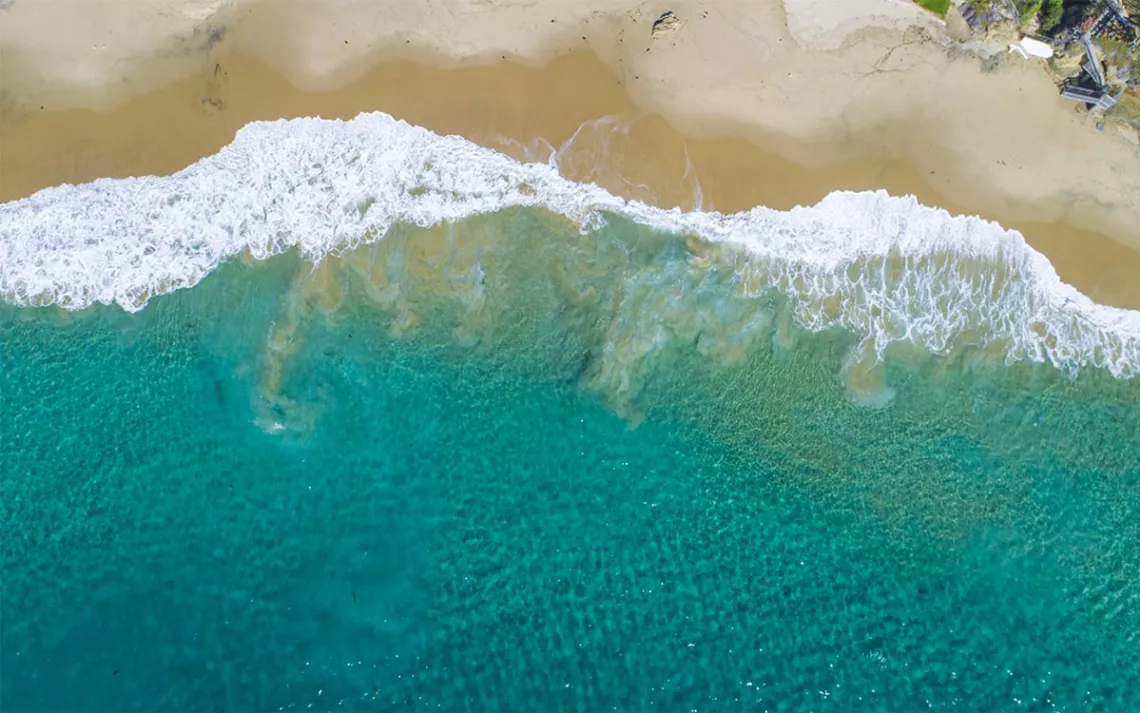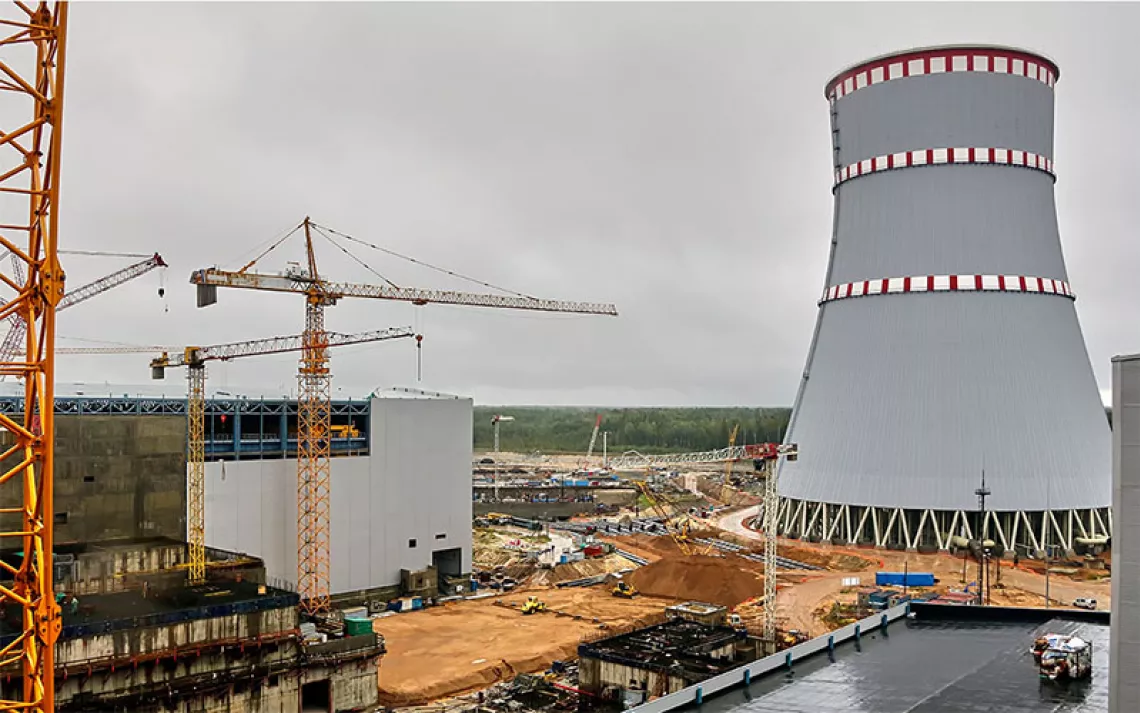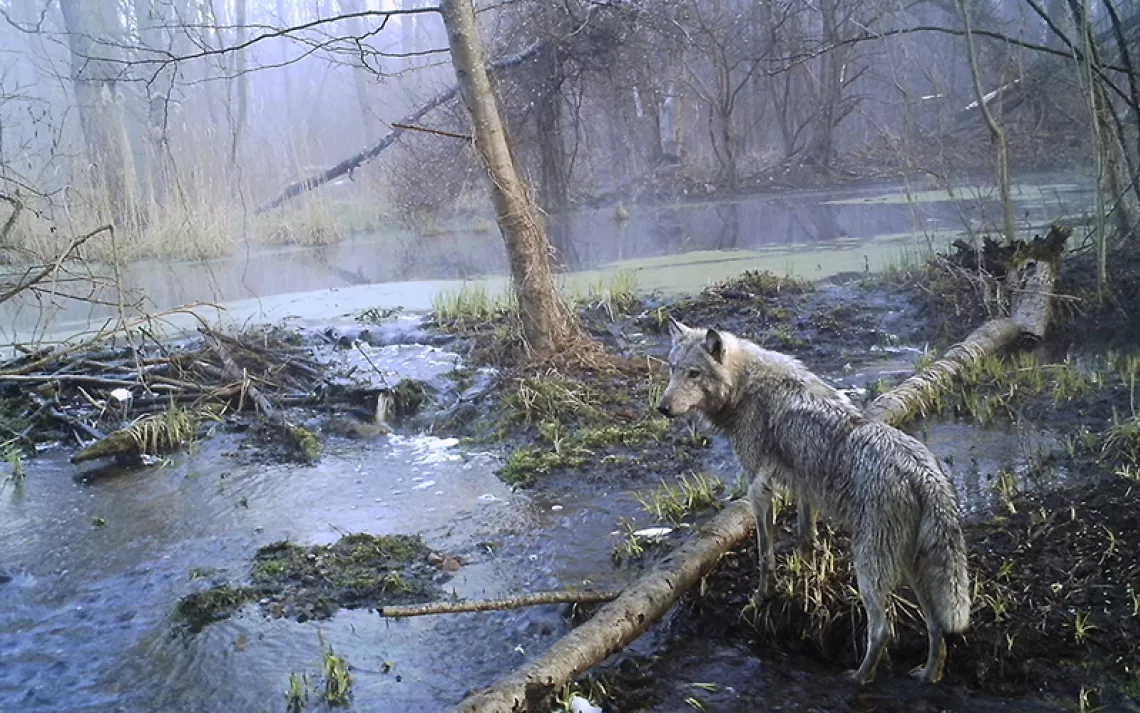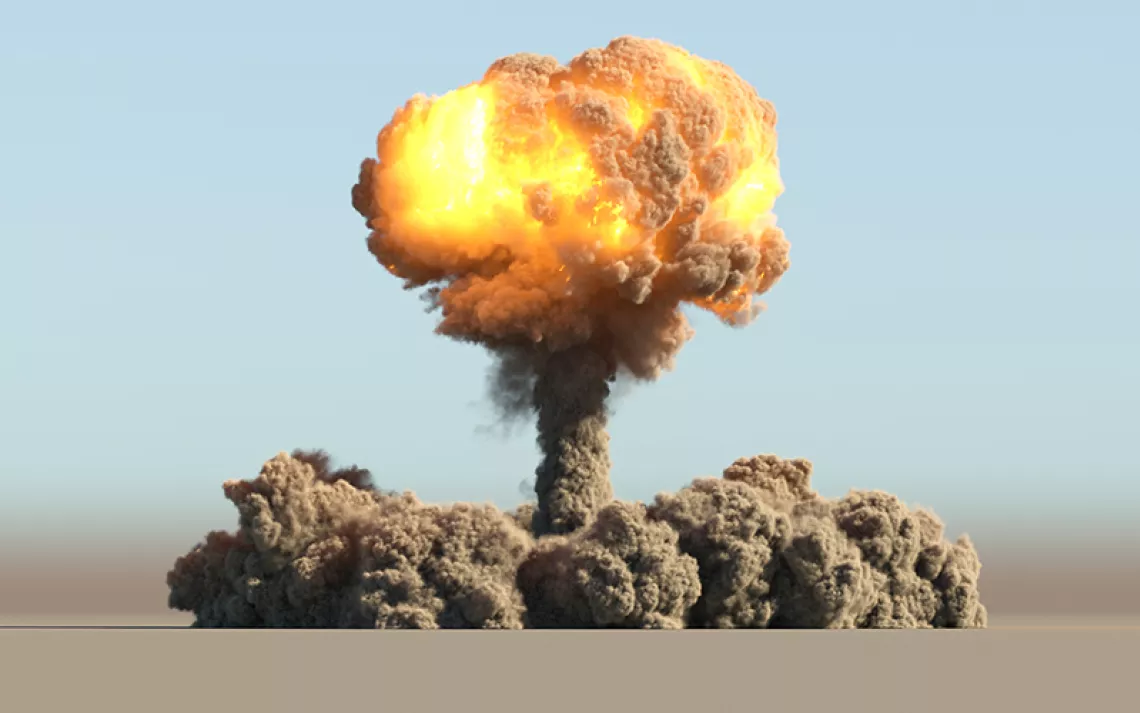Can Fukushima Fallout Contaminate the California Coast?
Mr. Green gets out the Geiger counter

Photo by TraceRouda/iStock
Hey Mr. Green!
Q: Can radioactive fallout from the Fukushima accident contaminate the California coast?
—Francis in Grenoble, France
A: There is no detectable radioactivity from Fukushima on the Pacific Coast, according to scientists from the University of California and the Woods Hole Oceanographic Institute, who closely monitored radiation for five years after the event. So if you’re planning to visit San Diego, don’t bother to attach a Geiger counter to your snorkeling gear or worry about glowing like a luminescent fish after a dip off the sunny shores. The North Pacific—with almost 79.5 million cubic miles of water—has diluted the Fukushima radiation to the point where it is not distinguishable from background radiation off the West Coast, from Baja California to Canada. You’ll absorb more radiation simply by flying here at 35,000 feet or getting a chest X-ray.
It’s a different story on the Japanese coast, where radiation near the plant was 2,600 times higher than the U.S. average and more than 50,000 times higher inside the plant. Containing radioactive contamination at the Fukushima site will remain a big project for years to come. Right after the meltdown, half the fish near the Fukushima coast contained levels of radiation deemed unsafe, and by 2015, 1 percent of the fish sampled still exceeded safe levels.
About half our radiation in the United States comes from Earth herself and cosmic rays (and a teeny bit from food), while the rest is from X-rays and other medical procedures such as CT scans. While no level of radiation has been proven absolutely safe, the Nuclear Regulatory Commission says that there is no proof that radiation is harmful at more than 100 times the limits for nuclear-industry workers, who are exposed to about eight times more radiation than the U.S. average.
 The Magazine of The Sierra Club
The Magazine of The Sierra Club



